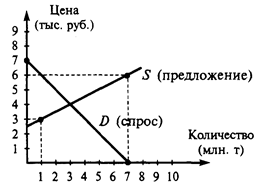Note on Terminology
Throughout the book several terms are used interchangeably in referring to indigenous peoples in a collective sense— tribal nations, tribes, Alaskan Natives, indigenous nations, and indigenous peoples. But when I refer to individual indigenous persons, I use only Indian or American Indian. Of all the terms most used, Indian is easily the most problematic (though some argue that the term tribe is pejorative and hints strongly of colonialism), and I use it with some hesitation for two reasons: first, because of its obvious geographical inaccuracy, and second, because it erroneously generalizes and completely ignores the cultural diversity evident in the hundreds of distinctive indigenous nations in North America, each with its own name for itself. One could thus argue that continued usage of the term attests to surviving vestiges of colonialism. Nevertheless, the terms Indian and American Indian remain the most common appellations used by indigenous and nonindigenous persons and institutions, and so it is used in the text when no tribal name is specified. I have, moreover, intentionally avoided using the phrase Native American, despite that term’s popularity among mainstream academics in recent decades, since it creates more confusion than the one it purports to replace, as it can be applied literally to any person born in the Americas. The expressions Native peoples and Native nations may be less confusing, but these terms and the intriguing phrase First Nations, which are all popular in Canada and among some Alaskan indigenous groups, have never quite caught on in the United States among indigenous nations or policymakers. What complicates matters, of course, is that there is no single term that is acceptable by all indigenous people all the time, and even people within specific native communities sometimes disagree on which name they prefer (e.g., Navajo or Dine; Chippewa, Ojibwe, or Anishinabe; Iroquois or Haudenosaunee), and on whether they would rather be identified as tribal communities (which emphasizes their kinship affiliation) or as national entities (which, while not discounting kinship ties, tends to place greater emphasis on an independent political character and a right to engage in diplomatic relations with other nations or states, like the United States or other polities). Of course, federal law and policy have vacillated on these terms as well. But we shall see that despite assimilative efforts, federal lawmakers continue to recognize the sovereign character of indigenous communities regardless of whether they are called tribes or nations. xxii NOTE ON TERMINOLOGY Timeline of American Indian Peoples,
|




